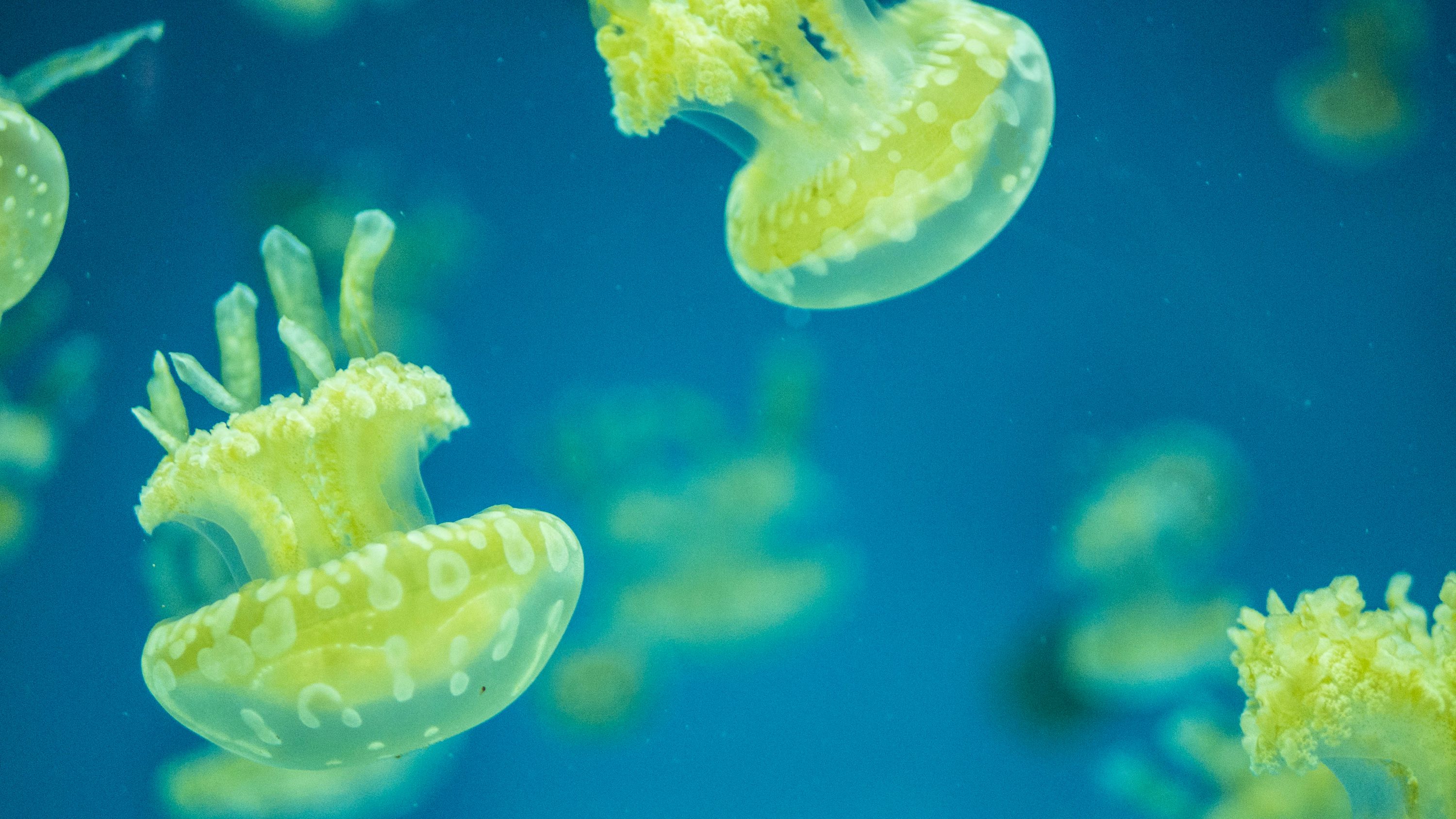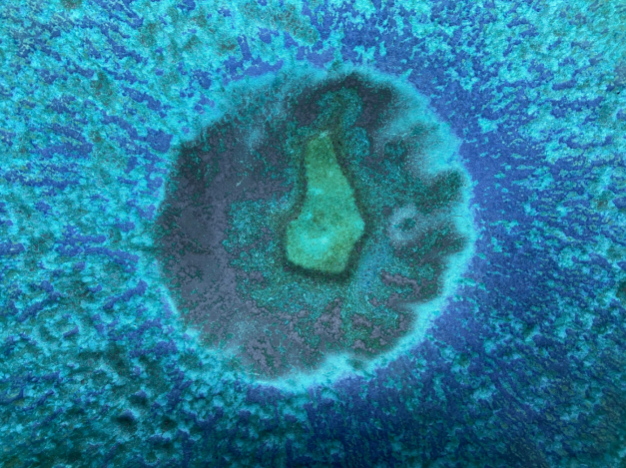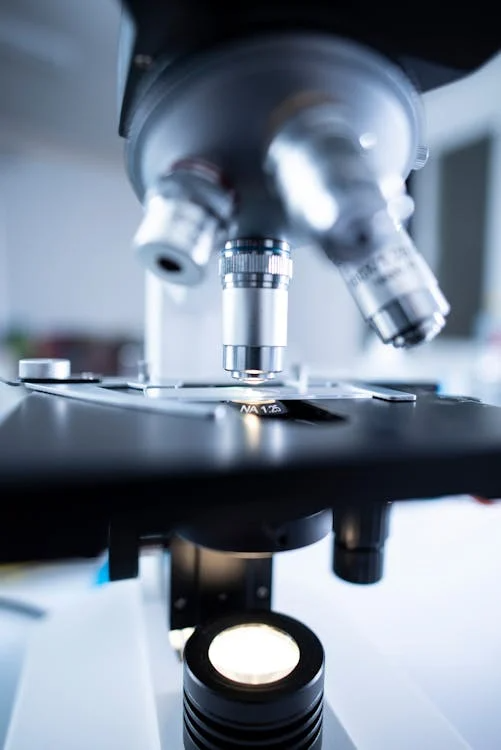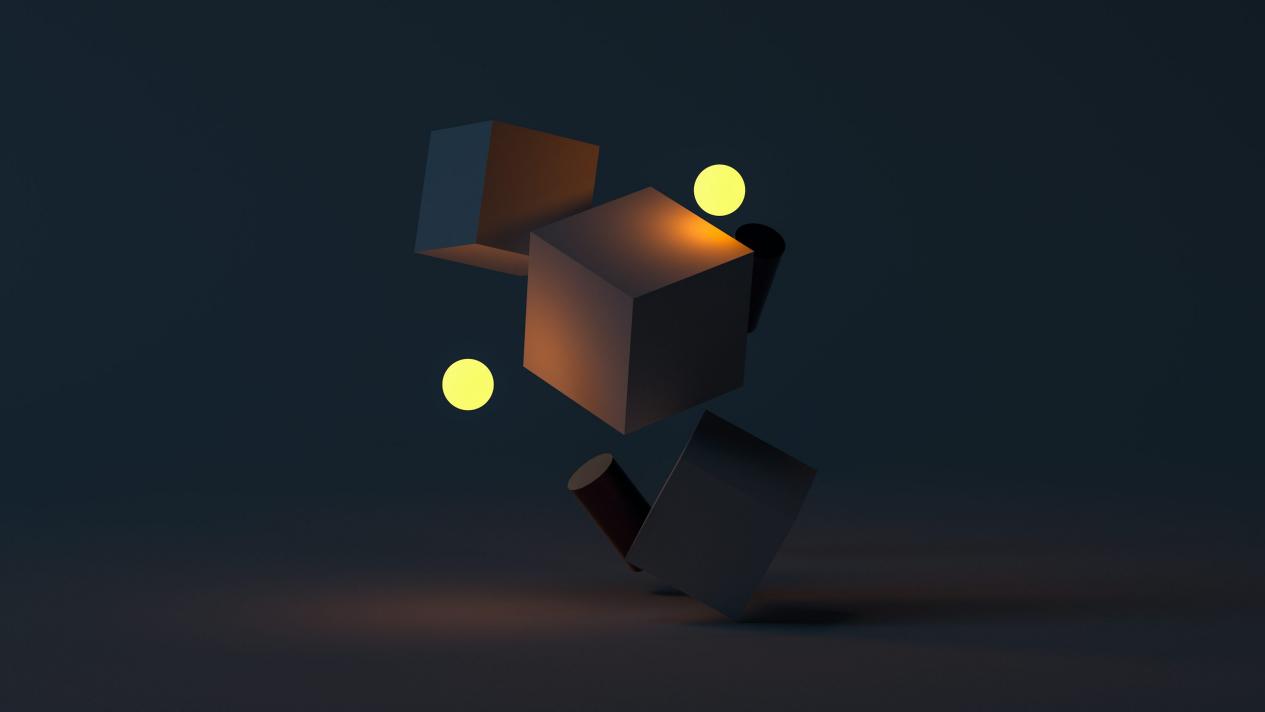Cloning technology, exploring unknown boundaries
In the grand narrative of science and technology, few fields are as full of infinite possibilities as cloning technology, accompanied by profound ethical torture. It is no longer an unreachable fantasy in science fiction, but a real and developing bioengineering technology. Cloning, the word itself has a mysterious color, which refers to the creation of individuals exactly the same as donor genes through asexual reproduction.

The starting point of all this is the delicate manipulation of the nucleus. In the core technology of somatic cell nuclear transfer (SCNT), scientists first take out the nucleus from a mature somatic cell, which contains all the genetic information of an individual. Later, they will find an unfertilized egg cell and remove its own nucleus, leaving only the cytoplasm. Next, the previously removed somatic cell nucleus is implanted into this enucleated egg cell. Stimulated by electric pulses or other chemical means, the recombined egg cell began to divide and form an early embryo. If this embryo is implanted into the surrogate mother and successfully develops into an individual, then this new life is a "clone" of the donor individual in genetics. Although there are many technical challenges, this method has been successfully applied to a variety of mammals, from the initial sheep to the later cows, cats, dogs, etc., which has continuously broadened our cognitive boundaries and provided new ideas for regenerative medicine.

The influence of cloning technology goes far beyond this. It provides an unprecedented tool for biological research. Scientists can clone experimental animals with specific genetic characteristics, so as to study the mechanism of a disease more accurately or test the efficacy of new drugs. In the field of agriculture, cloning technology can help us to copy those livestock with excellent traits, thus improving the yield and quality of agricultural products. In the protection of endangered species, cloning technology also provides us with a glimmer of hope. Although there are many challenges, it can theoretically help us save those precious lives that are about to become extinct.
However, every step of cloning technology is accompanied by fierce debate. It touches the essence of life and challenges our traditional cognition of individual identity, genetic diversity and natural laws. The health status and longevity of cloned organisms and whether they will face unknown physiological or psychological problems are all topics that scientists are trying to explore. In addition, if cloning technology is applied to human beings, it will cause a series of social and ethical problems that are difficult to solve.

Cloning technology, like a double-edged sword, is not only the key to the mystery of life, but also a Pandora's box that may lead to unknown risks. We are standing at a crossroads, with the great potential of science and technology on the one hand and the burden of responsibility and prudence on the other. How to balance the two and how to remain in awe of life on the road of exploring the unknown is a common proposition for all researchers and each of us.
(Writer:Juliy)



